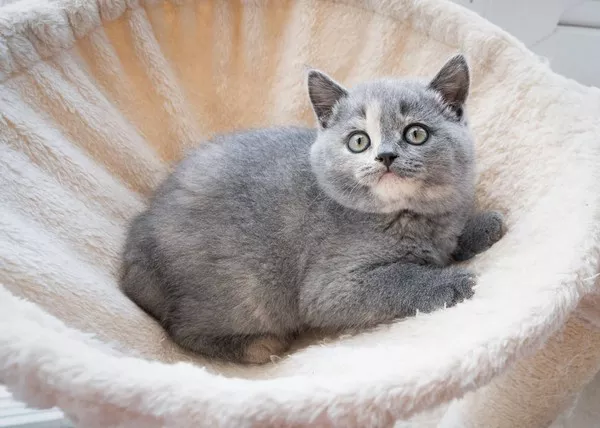Caring for a cat involves a range of decisions, and one of the most debated topics is whether to declaw your feline companion. While some cat owners consider declawing as a solution to scratching-related issues, others view it as a controversial and potentially harmful procedure. In this article, we will delve into the pros and cons of declawing, exploring the reasons behind the practice, potential alternatives, and the ethical considerations surrounding it. By understanding the various aspects of this topic, you can make an informed decision that aligns with your cat’s well-being and your own values.
Declawing: The Procedure and Its Purpose
1. What is Declawing?
Declawing, technically known as onychectomy, is a surgical procedure that involves the removal of a cat’s claws. This is typically done to prevent scratching-related damage to furniture and other surfaces.
2. Common Misconceptions
Contrary to popular belief, declawing is not a simple nail trim. It involves the amputation of the last bone of each toe, which is equivalent to amputating a human finger at the last joint.
The Pros of Declawing
1. Furniture Protection
One of the main arguments in favor of declawing is that it can prevent cats from scratching furniture and belongings. This can be especially important for households with valuable or sentimental items.
2. Potential Behavior Improvement
In some cases, declawing may lead to a decrease in scratching-related behaviors. However, this is not a guaranteed outcome, as other behavioral issues can arise post-surgery.
The Cons of Declawing
1. Pain and Discomfort
Declawing is a painful procedure with a significant recovery period. Cats may experience pain, discomfort, and behavioral changes as a result.
2. Behavioral and Health Risks
Declawing can lead to behavioral changes such as aggression, increased biting, and aversion to the litter box. Additionally, cats may experience long-term physical issues such as lameness and arthritis.
Alternatives to Declawing
1. Regular Nail Trimming
Proper nail maintenance through regular trimming can help manage scratching-related concerns. It’s an essential practice for cat owners and can be easily learned.
2. Scratching Posts and Pads
Providing appropriate scratching outlets, such as scratching posts and pads, can redirect a cat’s natural scratching behavior away from furniture.
3. Soft Nail Caps
Soft nail caps, made of non-toxic materials, can be applied to a cat’s claws to prevent damage without resorting to declawing.
Ethical Considerations
1. Animal Welfare Concerns
Declawing is considered inhumane by many animal welfare organizations due to the pain and physical consequences it inflicts on cats.
2. Alternatives for Harmony
Prioritizing humane alternatives can create a harmonious living environment that respects both the cat’s well-being and the owner’s possessions.
Legal Status of Declawing
1. Bans and Restrictions
Several countries and U.S. states have banned or restricted the practice of declawing due to animal welfare concerns.
2. Veterinary Guidelines
Professional veterinary associations discourage declawing and emphasize the importance of exploring alternatives to address scratching behavior.
Making an Informed Decision
1. Consultation with Veterinarian
If you’re considering declawing, consult with a veterinarian to discuss the potential risks, benefits, and alternatives based on your cat’s individual needs.
2. Weighing the Factors
Consider your cat’s physical and emotional well-being, as well as your own values and lifestyle, when making the decision about declawing.
Conclusion
In conclusion, the decision to declaw a cat is a complex and controversial topic with potential implications for the cat’s physical and emotional health. While declawing may offer certain benefits such as furniture protection, the associated risks, pain, and long-term consequences cannot be ignored. As responsible cat owners, it’s crucial to explore humane alternatives and prioritize the well-being of our feline companions. By providing appropriate scratching outlets, regular nail maintenance, and behavioral enrichment, you can manage scratching-related concerns while ensuring that your cat’s quality of life remains uncompromised. Ultimately, the choice to declaw a cat is a deeply personal one that requires careful consideration, thoughtful reflection, and a commitment to the welfare of our beloved pets.
























